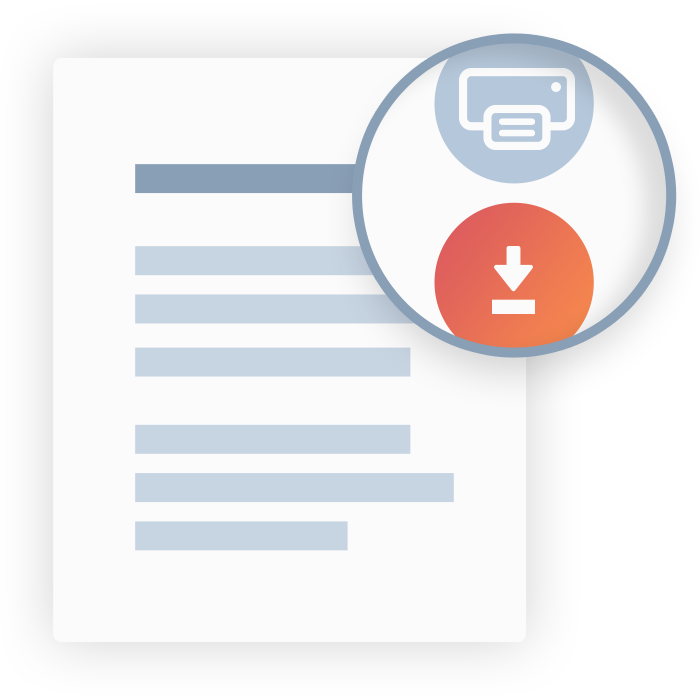


An Employee Non-Disclosure Agreement is, in many ways, a standard practice in the business world. Companies in specific industries always ask their employees to sign a Non-Disclosure Agreement.
This isn't an issue of trust but protection. The employer's primary concern is to protect its interests and its ability to remain competitive in the long term.
Traditionally, technology, marketing, and accounting companies often use the Employee Non-Disclosure Agreement and the Employment Contract. There are benefits to the employees, too, as it makes it easier for them to discern what should and should not be disclosed.
Nowadays, the Employee Non-Disclosure Agreement is a common practice in almost all industries. An employee may refuse to sign the agreement, but that can lead to the employer rescinding the job offer. In this sense, the Employee Non-Disclosure Agreements have gone through additional scrutiny as of late.
Depending on your state, an Employee Non-Disclosure Agreement may also be known as:
Any employer or company can decide to add an Employee Non-Disclosure Agreement requirement for new and current employees. In most cases, the companies work with extensive client lists, proprietary and valuable information, and designs adamant about getting employees to agree.
Create your own documents by answering our easy-to-understand questionnaires to get exactly what you need out of your Employee Non-Disclosure Agreement.
Laws vary by location. Each document on 360 Legal Forms is customized for your state.
All you have to do is fill out a simple questionnaire, print, and sign. No printer? No worries. You and other parties can even sign online.
The Employee Non-Disclosure Agreement doesn't require too much information. Nor is it supposed to be too long or excessively detailed. Everything should be clear and concise. That's why a practical template can be a life-saver for your company.
Let 360 Legal Forms help with our extensive library of attorney-vetted legal forms. The process is fast and easy. All you have to do is fill out our easy-to-understand questionnaire. Once complete, simply download your form as a PDF or Word document from your secure online account.
To create your document, please provide:
Both parties should review a draft of the Employee Non-Disclosure Agreement before signing. An employee can ask for an attorney to look over it as well. Once it's signed, it becomes legally binding. Typically, you don't have to notarize the Employee Non-Disclosure Agreement, nor do you need a witness. You may choose to use either if you want.
After the Employee Non-Disclosure Agreement is signed, both parties should hold on to a physical copy of the agreement. The employer should attach the agreement to the file for the employee in question at the HR department.
The consequences of not having an Employee Non-Disclosure Agreement may vary significantly. In most cases, the type of industry and the business model of the company may affect what will happen. Having trust in your employees might be sufficient when running a smaller business. But not having an Employee Non-Disclosure Agreement is likely to open your business to numerous vulnerabilities.
The reason why it is so important to specify the location of the signed agreement is that the relevant business laws may vary from state to state. It is preferable to be familiar with your state’s law regarding confidentiality agreements in general and how they are enforced before signing the agreement.
The specificities of what happens if an employee breaks the agreement are usually included in the agreement. An employer can be as detailed as desired as to what is to be expected as a consequence if the terms are broken. It could start with monetary penalties and termination and up, including litigation and a claim for the suffered damages.
To be on the safe side, some employers choose to hire a law firm to help them draft an Employee Non-Disclosure Agreement. Some of the wording for these contracts may be confusing to the uninitiated. Also, since you have to adjust the document according to the state law, you might need an expert's help to guide you through it.
Most states recognize the Employee Non-Disclosure Agreement. However, due to the nature of the document, it's not uncommon for a court to throw it out. To avoid that, there are several aspects to keep in mind. The Employee NDA shouldn't be overly broad but as specific as possible. The agreement's duration mustn't be too long and the demands should only be reasonably restrictive. Finally, if the agreement goes against public interests, it will likely be voided in court.
Our exhaustive library of documents covers your personal, business, and real estate needs with all of your DIY legal forms.
Create professional documents for thousands of purposes.
Make unlimited documents and revisions. Sign online in seconds.
Our documents are vetted by lawyers and are applicable to all 50 states.